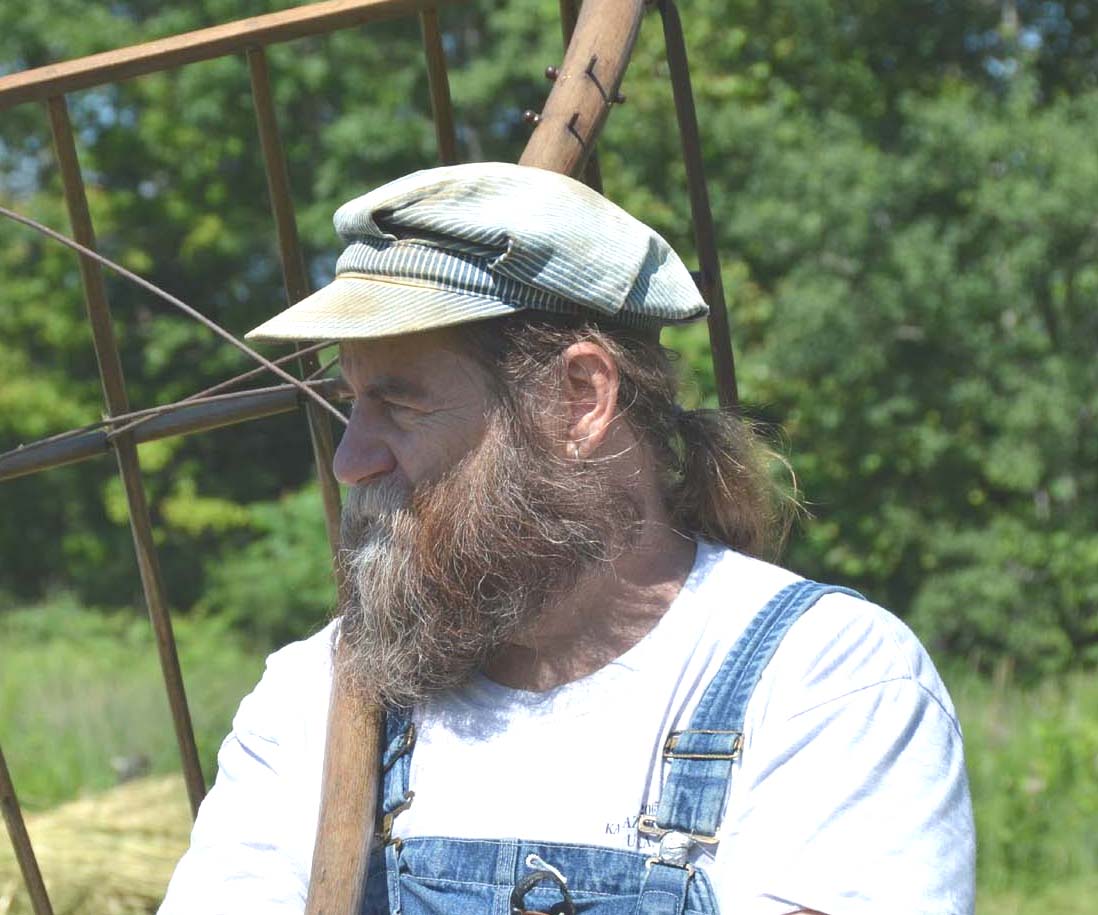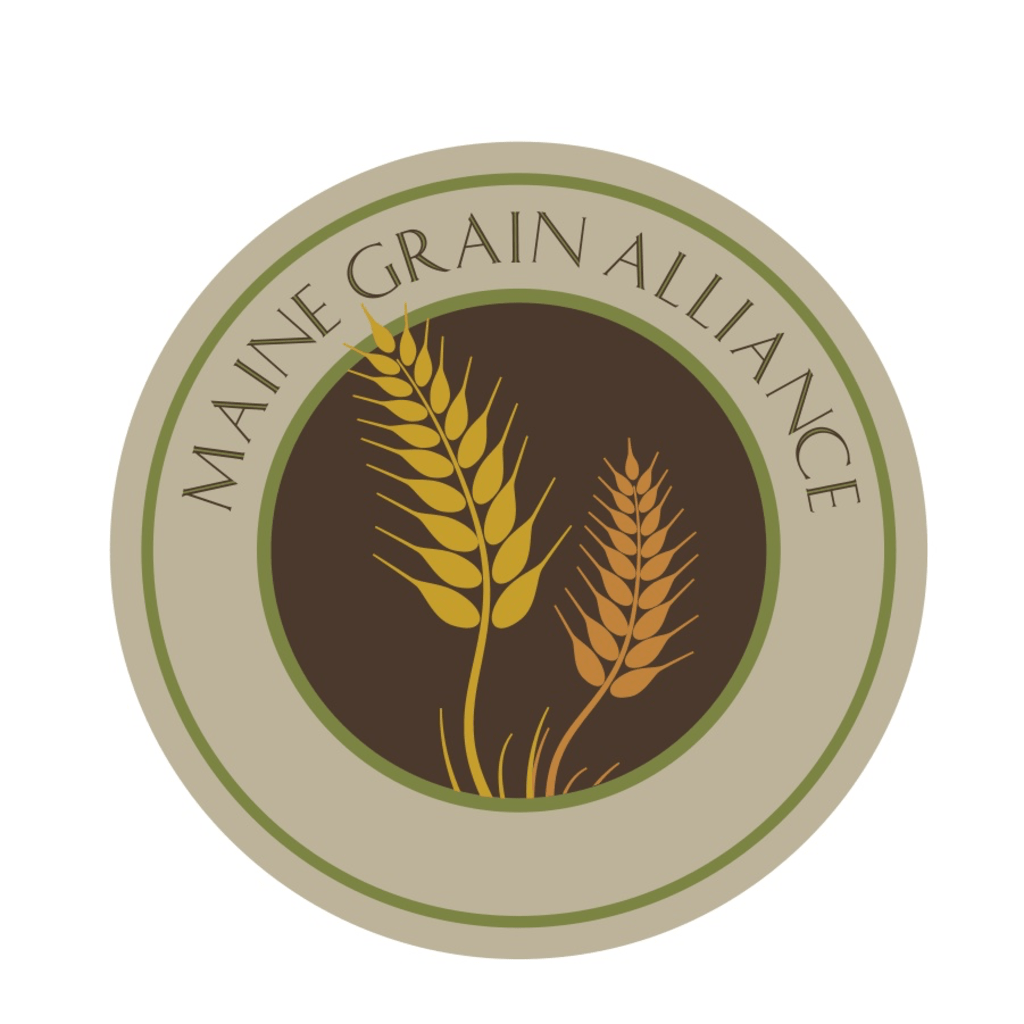English muffins I extra sour: This is a sourdough version of a muffin recipe from Laurel’s Kitchen Bread Book. I worked this version up from several other sources as well, and can’t remember them all. Her recipe is for yeasted dough. You don’t need a fancy muffin form or anything, just a good, old-fashioned cast iron griddle (essential). They are still made by an outfit called Lodge.
Overnight sour (sponge preferment)
Liquid starter 1 ½ c (400g)
Water 2 ½ c (600g)
Bread flour 3 ¾ c (500g)
Mix well, and cover loosely in a non-reactive bowl. Keep in a warm place. You can increase the fermentation time for a more sour product, but this is pretty sour as is. NB: Make sure you have enough starter to keep out a full cup, you will not be removing any from the sour in the morning.
Dough
Preferment All of it (see warning above)
Bread flour 3 ¾ cups (500g)
Salt 20 g
This results in a 60% hydration dough, so it may be a little sticky. Don’t add any more flour, as the rounds must be wet enough to “slump” while proofing and baking and the wetter the dough, the bigger the nooks and crannies.
Ferment 2 . h
Form into balls. I scale them at 3 Oz. on an old balance scale, but you can play with the size to suit you. A ball about 2“ in diameter is a good place to start.
Proof 1 ½ to 2 h. Use your judgment. These should be well risen, and when tested with your finger, should not bounce back at you or they will not flatten very well. But don’t overdo the rising. Sourdough is very forgiving.
Bake on a moderate, not searing hot, griddle with no grease. Throw on a light dusting of coarse corn meal on a space on the griddle and simply pop on a round and you are good to go. It will start to flatten as it bakes. You should turn them a few times, this will ensure both sides bake flat and that the thickness is uniform. They will come out surprisingly even. I test for doneness with a fast-reading baker’s thermometer. It takes several minutes to bake through depending on the temperature of your griddle. Don’t let them burn. Let ‘em cool and you are set for a real taste treat. These freeze very well, but they keep so long you probably will not need to do that, unless you scale up and make a few months’ worth. An exhaust fan helps.
English muffins II full flavor, less sour:
Sour (overnight):
Wet Starter: 25 g 17%
Flour: 140 g 100%
Water: 140g 100%
Dough:
Starter: All 30%
Flour: 1130g 100%
Water: 660g 80%
Salt: 23g 2.3%
Mix and ferment 3.5 h
Scale and round up, proof 2 h. Bake
Miscellaneous:
Water: Municipal tap water is chlorinated. This can have a deleterious effect on sourdoughs, especially if you are trying to start one from scratch. You can age the water in a loosely covered jar for several days (as one might for tropical fish), use home-purified water, or purchase water. Well water is fine if it tastes good. If it has an off taste, for example from iron, you might not want to bake with it anyway.
Conversions and rules of thumb:
1 c tepid water occupies 240 ml and weighs 240 g or 8 5/8 Oz
1 c bread flour “shook and struck” weighs 138 g, or 4 7/8 Oz
1 c flour + 1 c water makes about 1 ½ c batter
To get 4 c batter for a sponge, use all of your starter or sour (1 or 2 cups, depending), which will come back out eventually, plus:
2 2/3 c flour and 2 2/3 c tepid water. When you remove the starter, you will have four cups of sponge remaining.
Flour: Someone once left a 50# bag of bleached, bromated, commercial flour. Just trying to be nice. I was feeding out pizza to about 40 people. I thought it might be OK to use at least for pancakes, or at worst, for refreshing starters. Might just as well have been plaster of Paris. I use organic unbleached bread flour and all purpose flour, in addition to whole wheat, rye, etc. exclusively. Not much sense putting $100 worth of effort in on ¢10 worth of plaster of Paris.
Tools: You don’t need much, but I have a few things that help. I use quart canning jars for my multiple starters and re-use the lid inserts or save one piece tops from commercial jars. I have a collection of wire whisks, bowls, spoons (wood and stainless), measuring cups and spoons, a bottle brush, and a fairly good kitchen scale that is accurate to 1 g. I use metric, but this one also reads in ounces and pounds. I have switched over nearly 100% to weighing ingredients, but seldom do so when refreshing liquid starters. “A half a half and a half” is easy to remember.

Meet the Baker:
Harold “Dusty” Dowse
Harold “Dusty” Dowse has been baking for a half century and is the Baking Education Coordinator for the Maine Grain Alliance, Director of the Maine Artisan Bread Fair, and Resident Baker. He has developed a year-round workshop program to help participants develop artisan baking skills and start bakeries. He is Professor Emeritus of Biology and Mathematics at the University of Maine and brings this background in research and teaching to his study of bakery science and practice. He leads a team of bakers that produces bread for the volunteers at the Common Ground Fair, put on by the Maine Organic Farmers and Gardeners in Unity every September. His team bakes bread for MGA to vend at the Bangor Harvest Fest each November and has his own artisan bakery, Lammastide Bakers, in his home town of Cambridge, Maine.
